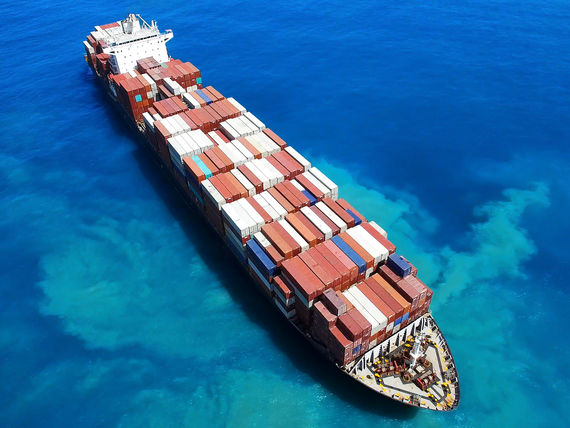Disrupting in Times of Disruption


Neil Wheeldon
Chief Digital & Innovation Officer
We are living through global times of unprecedented upheaval, caused by both the culmination of technology trends and the necessities of transformation, with the latter brought about by businesses’ attempts to battle back from COVID.
If we pause to think about what today’s supply-chain conditions would look like if COVID had never happened, we can be certain of one thing: industry experts would still have predicted huge changes on the horizon, and they would’ve been right. COVID, it seems, introduced even more noise and necessity into the pace and character of inevitable change that was already in progress.
For many organizations, Porter's five-forces model of competition has long held sway over the boardroom. This model has helped them identify and understand the forces that act on their business – hopefully to enhance it – then provide tactics to build strategies to either overcome or exploit these forces.
In today's shipping environment, thinking of the industry in this way provide us with a snapshot of where we are in regard to a variety of issues, especially:
- Buyers' lack of bargaining power
- Low threats of substitutes coupled with new entrants
- Limited competition within the industry
All of these realities are leading to higher profits in defensible spaces – but only for this snapshot in time. What happens when the nature of influence and competition is far more dynamic than this? What happens when the threat of substitution is not so easily determined?
This article originally appeared in IT Supply Chain


